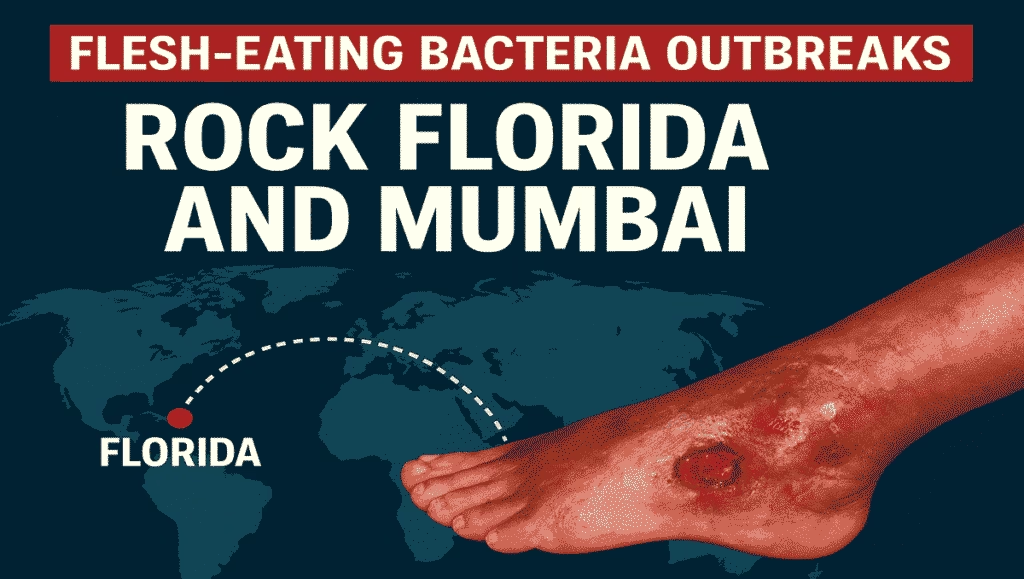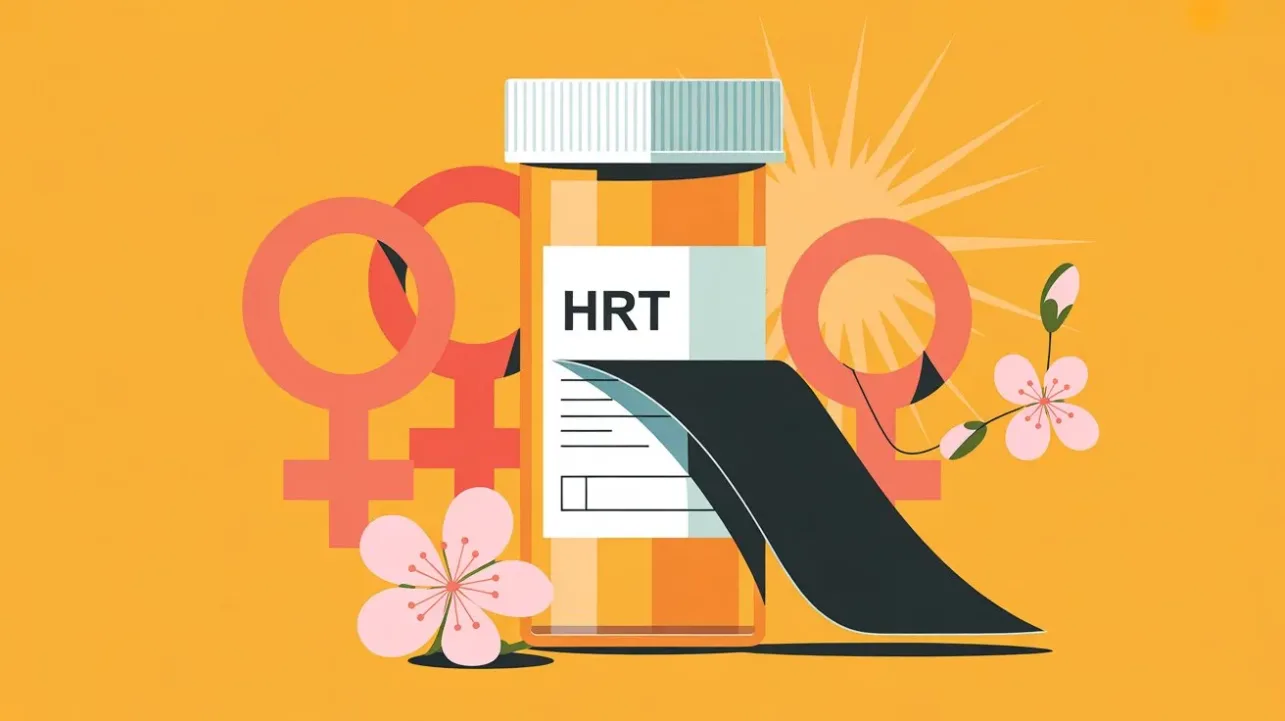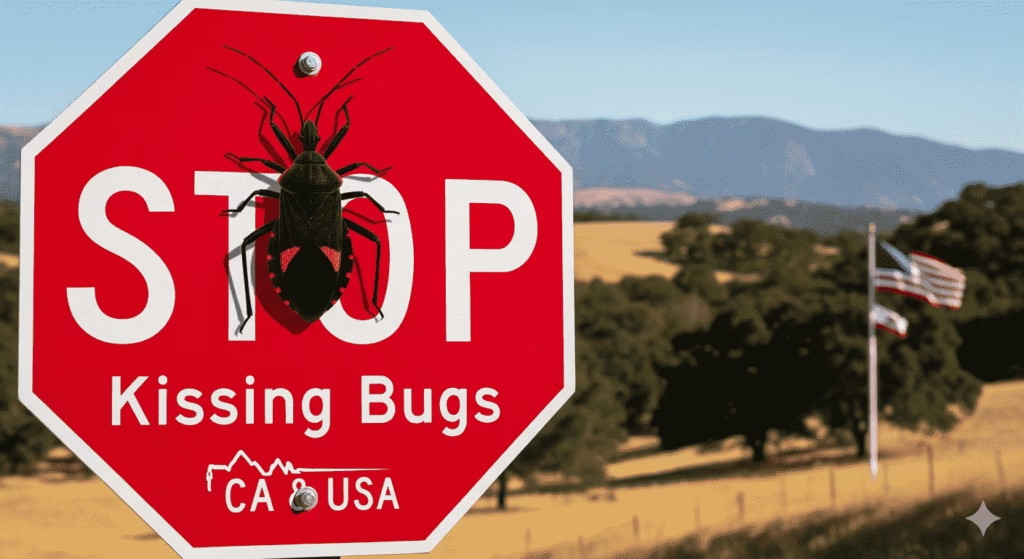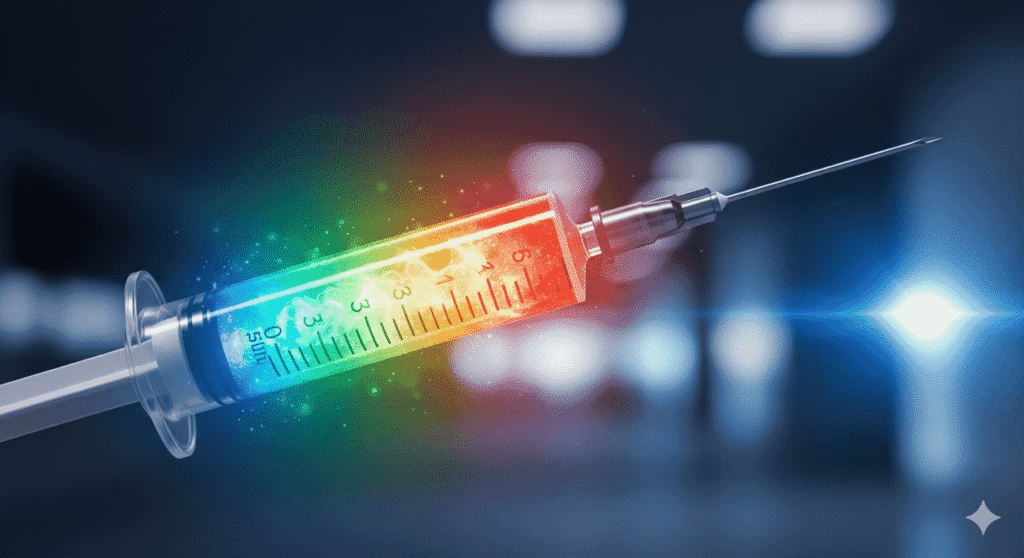Key Takeaway: A dangerous flesh-eating bacteria, Vibrio vulnificus, has caused deaths in Florida and a severe infection in Mumbai. As warming seas fuel its spread, experts warn seafood lovers and coastal communities to stay alert.
Florida to Mumbai: How Vibrio vulnificus is Spreading Across Oceans
Health officials in Florida are raising alarms after two deaths and more than 22 hospitalizations were linked to raw oysters contaminated with Vibrio vulnificus. The bacteria, which thrives in warm coastal waters, can accumulate in oysters because they filter large volumes of seawater. Consuming raw or undercooked shellfish can cause severe illness within hours—ranging from fever and vomiting to necrotizing fasciitis, a fast-moving infection that destroys skin and tissue.
The threat is not limited to the United States. In Mumbai, a 78-year-old fisherman lost part of his foot after seawater carrying the same bacteria infected an open wound. Indian experts warn that while such cases are rare, rising sea temperatures and increased human activity along coastlines are creating the perfect conditions for more frequent outbreaks. Read the Mumbai case here → Times of India.
Beyond Oysters: Who Is Most Vulnerable?
While oysters are the most common source, Vibrio vulnificus can also be found in clams, mussels, crabs, shrimp, and other shellfish harvested from warm waters. The bacteria can also infect people through direct exposure of wounds to contaminated seawater.
Those at highest risk include:
- Individuals with weakened immune systems
- Patients with liver disease or diabetes
- Anyone with open cuts, scrapes, or fresh tattoos exposed to seawater
Alarmingly, about 1 in 5 patients with severe infection die—sometimes within just a few days.
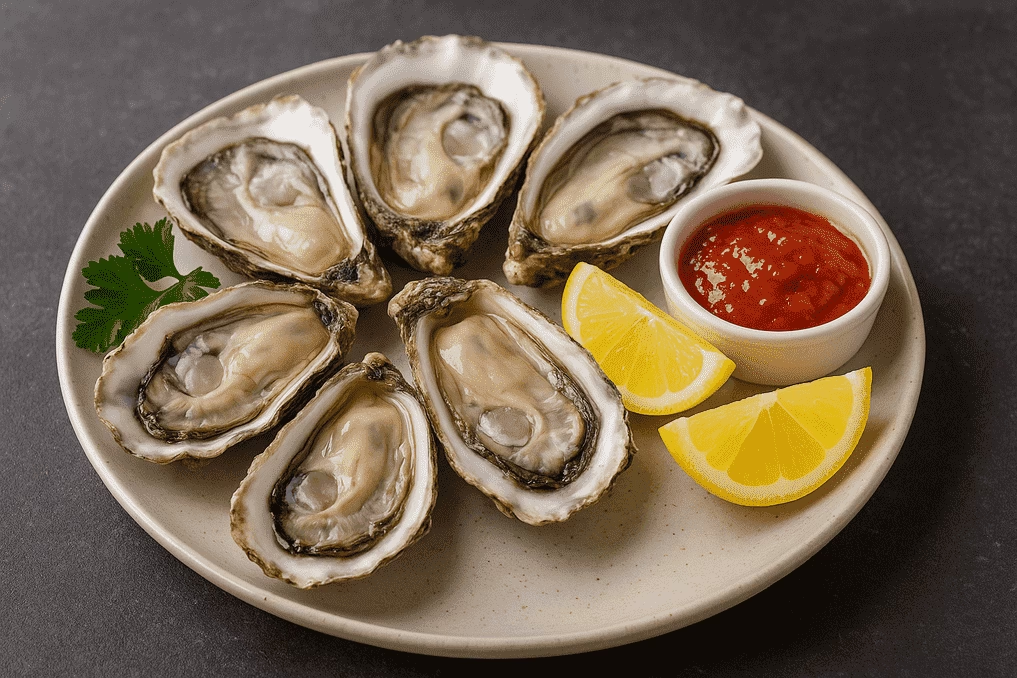
How to Protect Yourself: Expert Safety Guidelines
Health authorities recommend a few simple but critical precautions:
- Cook seafood thoroughly: Ensure shellfish open fully, shrimp turn pink and firm, and internal temperatures reach 145°F (63°C).
- Avoid raw oysters and shellfish: Especially important for those with liver conditions or compromised immunity.
- Buy from trusted suppliers: Choose vendors and restaurants with strict refrigeration and handling practices.
- Refrigerate immediately: Don’t leave seafood sitting out; bacteria multiply rapidly in warm conditions.
- Protect wounds: Cover cuts or scrapes with waterproof bandages before swimming or handling raw seafood.
- Seek urgent care if symptoms appear: Redness, swelling, blisters, fever, or severe pain after seafood exposure should not be ignored.
Climate Change and the Rise of Deadly Bacteria
Scientists warn that warming oceans are fueling the spread of Vibrio vulnificus beyond its traditional hotspots. Rising sea temperatures and extreme weather events make coastal communities from the U.S. to South Asia increasingly vulnerable.
Doctors emphasize that awareness and prevention are key: “Cook smart, cover wounds, and act quickly if symptoms develop—because this bacteria doesn’t care which coast you’re on.”

